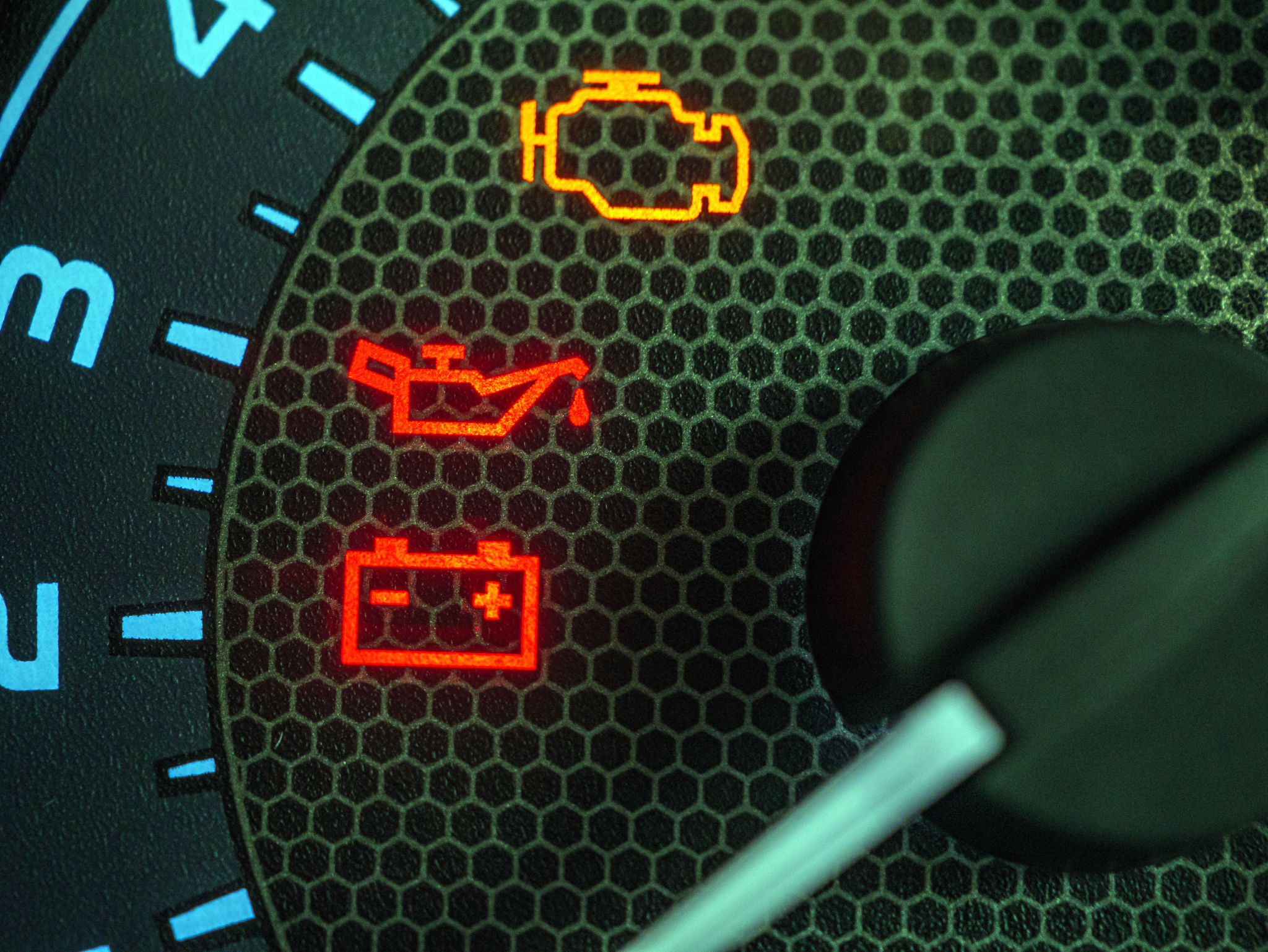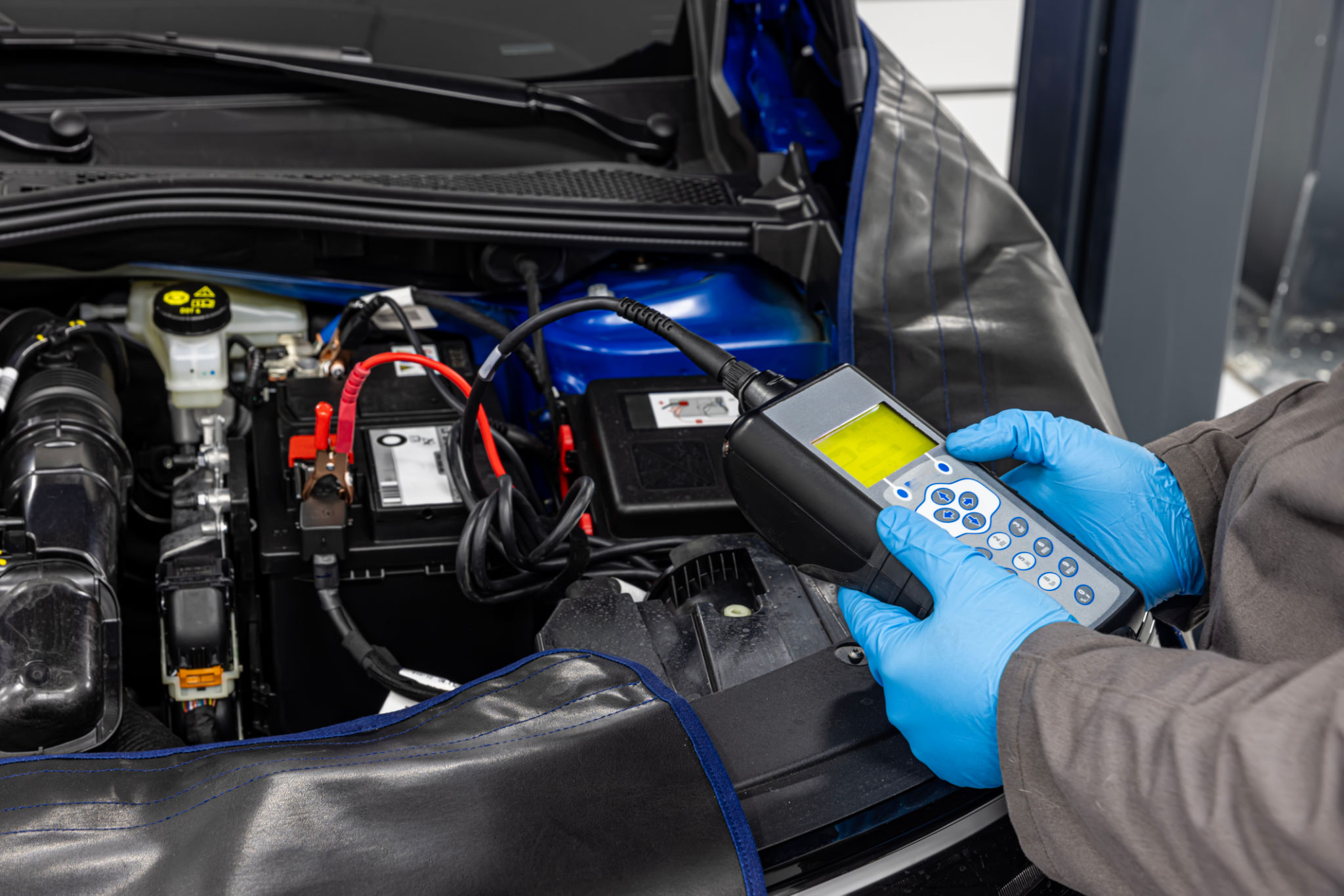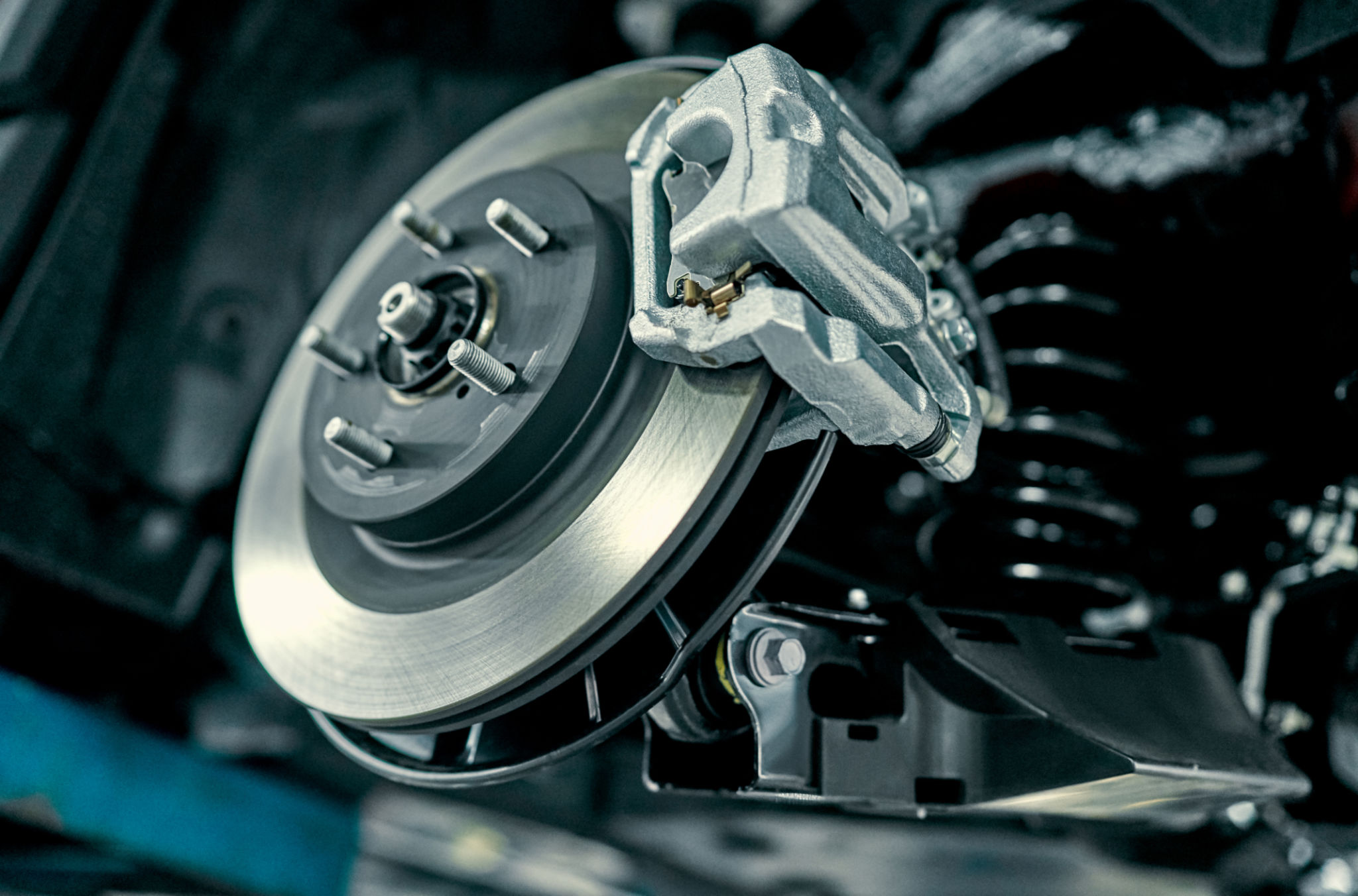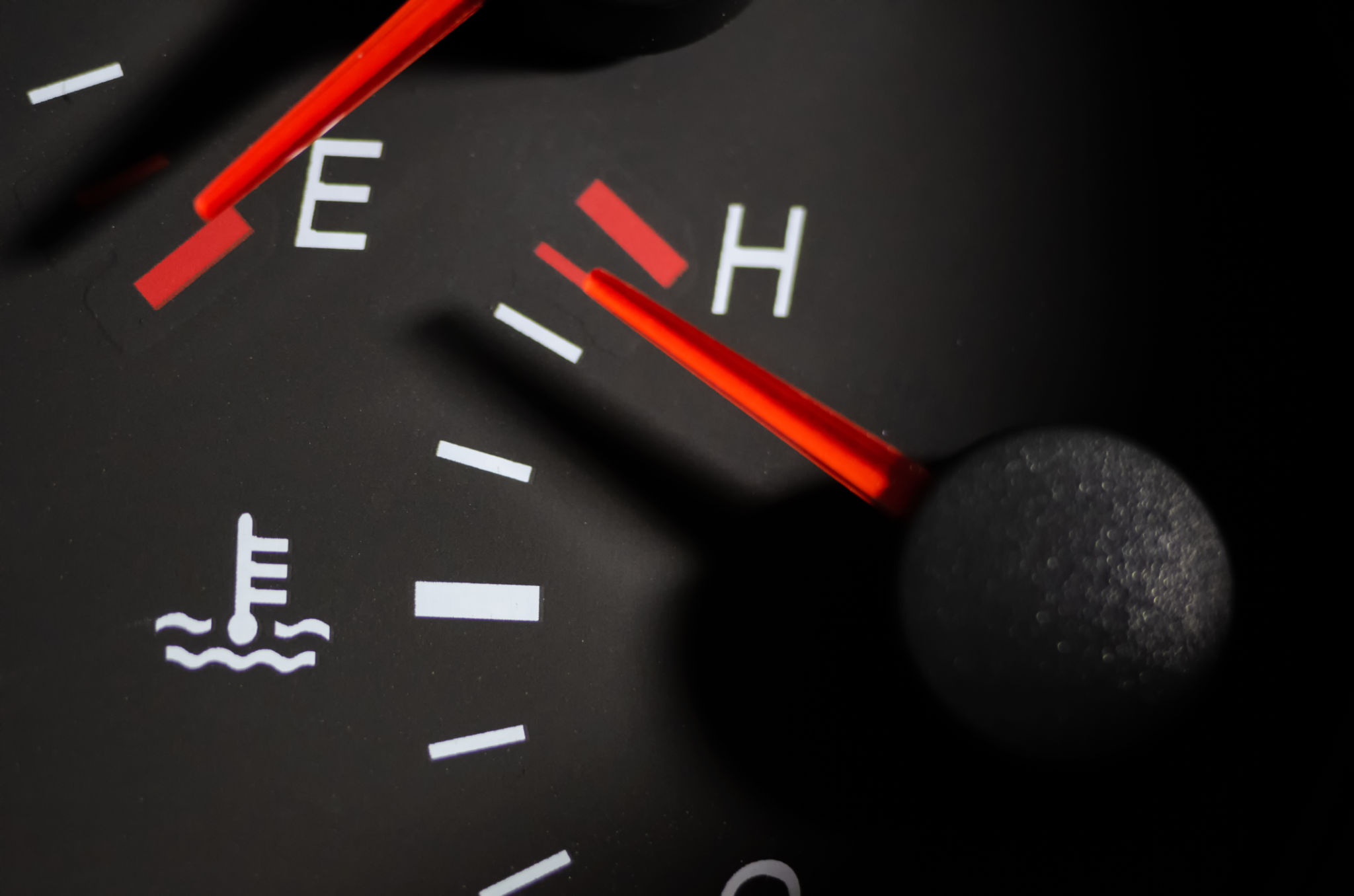Understanding Your Car's Dashboard Warning Lights: A Guide for Bristol Drivers
Introduction to Dashboard Warning Lights
Your car's dashboard is like a communication hub, relaying crucial information about the vehicle's health through various warning lights. For drivers in Bristol, understanding these signals is essential to ensure both safety and optimal vehicle performance. This guide will help you decipher the most common warning lights and what actions to take.

Common Warning Lights and Their Meanings
Check Engine Light
The check engine light is perhaps the most recognizable warning. It can indicate a range of issues from minor to severe. If this light illuminates, it is advisable to have your car inspected by a professional mechanic as soon as possible. Ignoring it could lead to more significant problems down the road.
Battery Alert
This light signals an issue with your car's electrical system, typically related to the battery or alternator. If you see this light, check for loose battery connections or corrosion. If the problem persists, seek professional assistance to avoid getting stranded.

Safety and Maintenance Indicators
Oil Pressure Warning
When the oil pressure warning light comes on, it indicates low oil pressure, which can be detrimental to your engine. Check your oil level immediately and add oil if necessary. If the light remains on, have your vehicle checked by a mechanic to prevent engine damage.
Brake System Alert
This warning light could mean that your brake fluid is low or that there's an issue with the braking system itself. It's crucial to address this immediately, as a faulty brake system can be dangerous. Inspect your brake fluid level or consult a professional for a thorough check.

Less Common but Important Lights
Tire Pressure Monitoring System (TPMS)
The TPMS light indicates that one or more of your tires are significantly under-inflated, which can lead to uneven tire wear and pose safety risks. Regularly check your tire pressure and maintain it at the recommended levels.
Coolant Temperature Warning
If this light appears, it suggests that your engine is overheating. Pull over safely and allow the engine to cool before checking the coolant level. Driving with an overheated engine can cause severe damage.

Steps to Take When a Warning Light Comes On
When you notice a warning light on your dashboard:
- Identify the warning light using your vehicle's manual.
- Assess whether it's safe to continue driving or if immediate action is needed.
- Address minor issues on your own, such as adding oil or inflating tires.
- Seek professional help for more complex problems.
Conclusion: Being Proactive with Vehicle Maintenance
Understanding your car's dashboard warning lights can prevent small issues from becoming major repairs. By staying informed and proactive, Bristol drivers can ensure their vehicles remain safe and reliable. Regular maintenance and prompt attention to these warnings will not only extend the life of your vehicle but also enhance your driving experience.
